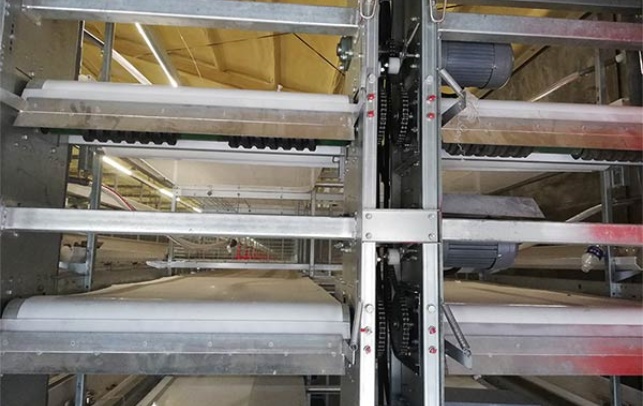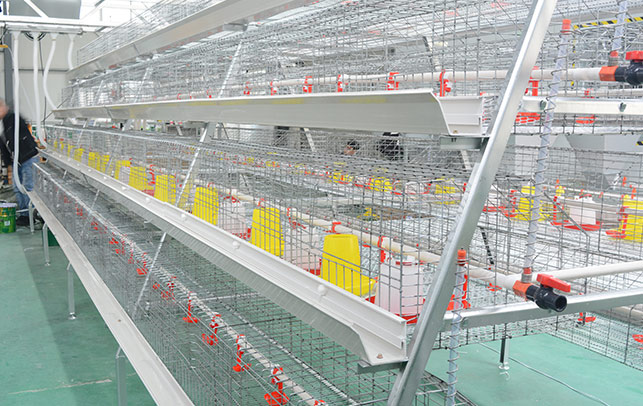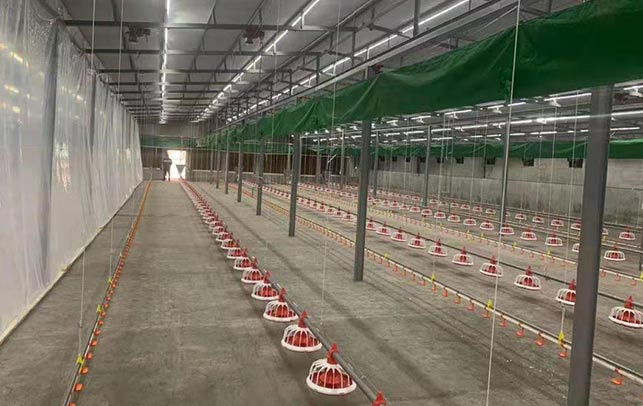Free Range Poultry Farming in Kenya: A Comprehensive Guide
Time : 2025-05-14
Free range poultry farming has gained significant traction in Kenya over the years, thanks to its numerous benefits both for the environment and the economy. This article delves into the ins and outs of free range poultry farming in Kenya, providing you with valuable insights and practical tips to help you embark on this rewarding venture.
What is Free Range Poultry Farming?
Free range poultry farming is a method of raising chickens where they are allowed to roam freely outside of their coops, instead of being confined to battery cages. This approach offers several advantages, including healthier birds, better-tasting meat, and a more sustainable farming practice.
The Benefits of Free Range Poultry Farming in Kenya
Kenya’s diverse climate and rich agricultural heritage make it an ideal location for free range poultry farming. Here are some key benefits:
- Healthier Birds: Free range chickens have more space to move around, which reduces the risk of disease and improves their overall health.
- Better Quality Meat: Free range poultry tends to have a better flavor and texture due to their more active lifestyle and access to a wider variety of food sources.
- Sustainable Farming: Free range farming is more environmentally friendly as it reduces the need for antibiotics and lowers the carbon footprint of poultry production.
- Financial Benefits: The increased demand for free range poultry products in the Kenyan market offers farmers a competitive edge and potentially higher profits.
Setting Up a Free Range Poultry Farm in Kenya
Starting a free range poultry farm in Kenya requires careful planning and consideration of several factors. Here’s a step-by-step guide to help you get started:
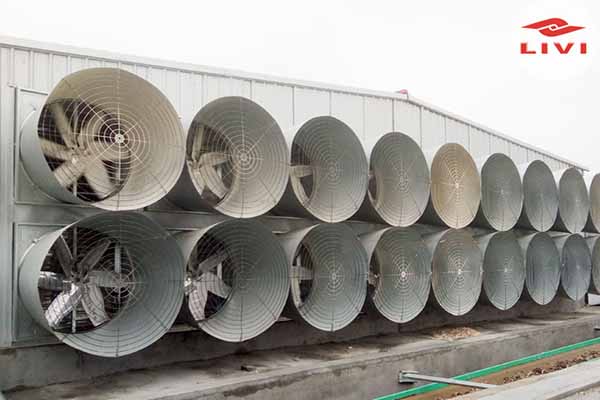
1. Conduct Market Research
Understand the local market demand for free range poultry products. Identify potential customers and competitors to assess the market opportunity.
2. Choose the Right Location
Select a suitable location that offers access to water, fertile soil, and a good climate. Ensure the land is secure and has enough space for the chickens to roam.

3. Build the Coops and Enclosures
Construct coops and enclosures that provide shade, protection 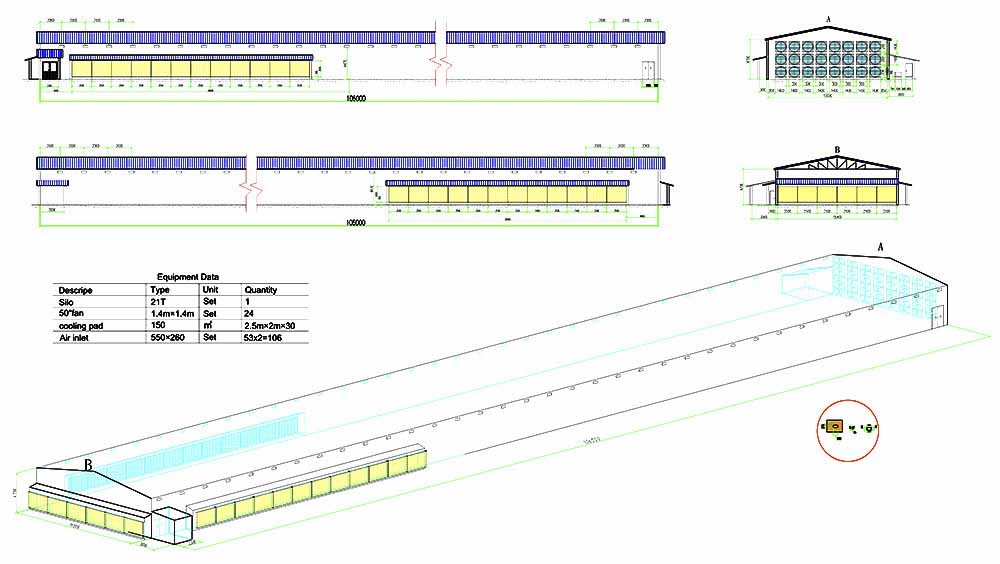 from predators, and easy access for the chickens to come in and out. Consider using natural materials that blend with the environment.
from predators, and easy access for the chickens to come in and out. Consider using natural materials that blend with the environment.
4. Choose the Right Chicken Breed
Select chicken breeds that are well-suited to the Kenyan climate and have good free range behavior. Some popular breeds include the Kenyan Kienyeji, Serengeti, and the Red Star.
5. Implement Biosecurity Measures
Prevent the spread of diseases by implementing biosecurity measures such as regular cleaning, isolation of new birds, and monitoring for signs of illness.
6. Provide a Balanced Diet
Feed your chickens a balanced diet that includes a mix of grains, vegetables, and insects to ensure they stay healthy and productive.
7. Market Your Products
Develop a marketing strategy to promote your free range poultry products. Utilize local markets, online platforms, and partnerships with restaurants and retailers to reach your target audience.
Challenges and Solutions in Free Range Poultry Farming in Kenya
Free range poultry farming in Kenya is not without its challenges. Here are some common issues and how to overcome them:
- Predation: Predators like snakes, wild dogs, and birds of prey can be a significant threat. Install electric fences and use guard dogs to protect your flock.
- Disease: Biosecurity measures must be strictly followed to prevent the spread of diseases. Regularly monitor your birds for signs of illness and seek veterinary advice promptly.
- Food Availability: Free range chickens require access to a diverse range of food sources. Planting crops and incorporating natural feeding areas can help ensure your flock has a balanced diet.
Conclusion
Free range poultry farming in Kenya is a viable and sustainable option for farmers looking to improve their livelihoods and contribute to the country’s agricultural sector. By following the steps outlined in this guide, you can set up a successful free range poultry farm and enjoy the numerous benefits that come with it.
Remember, success in free range poultry farming requires dedication, knowledge, and a passion for animal welfare and the environment.






